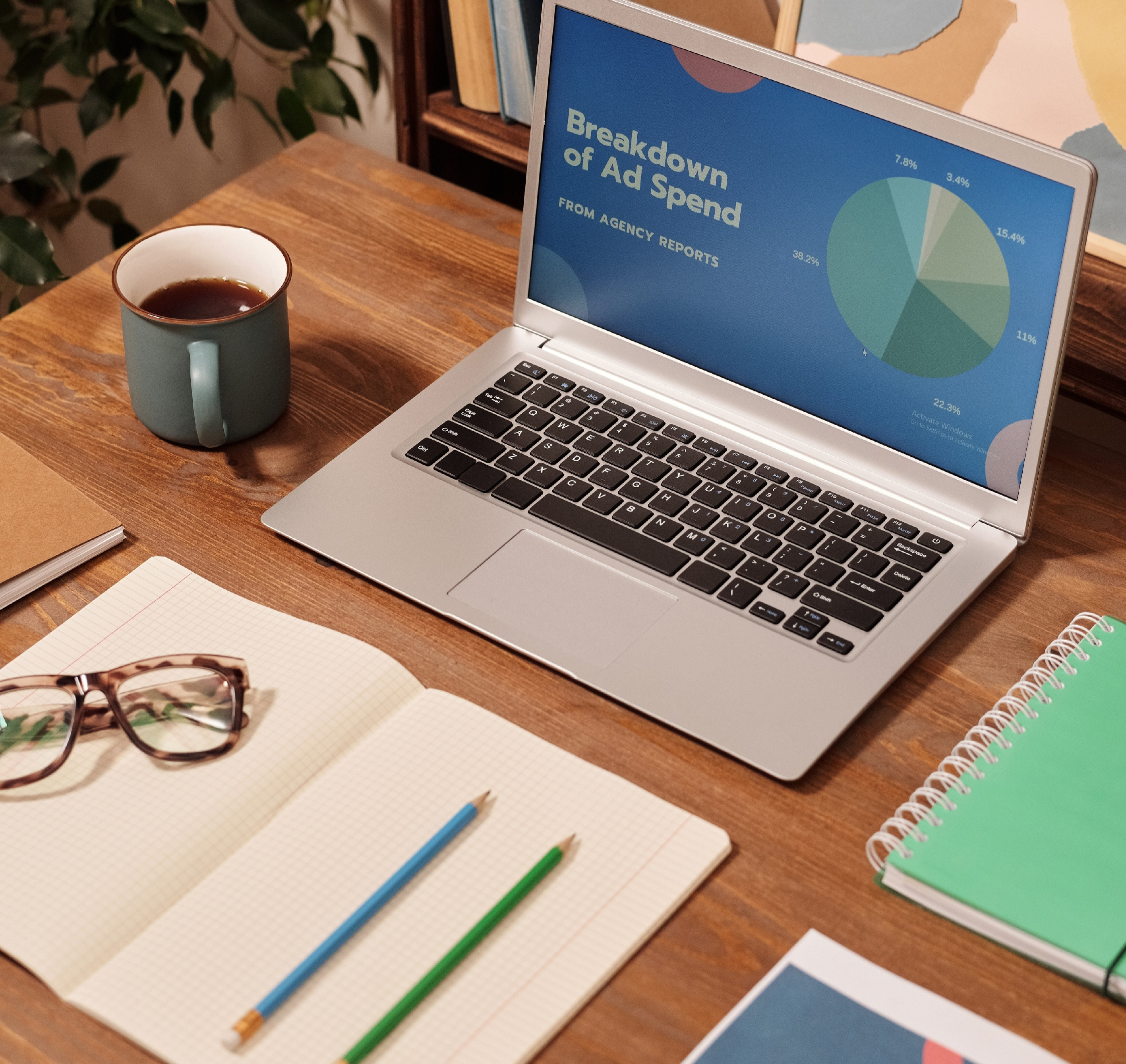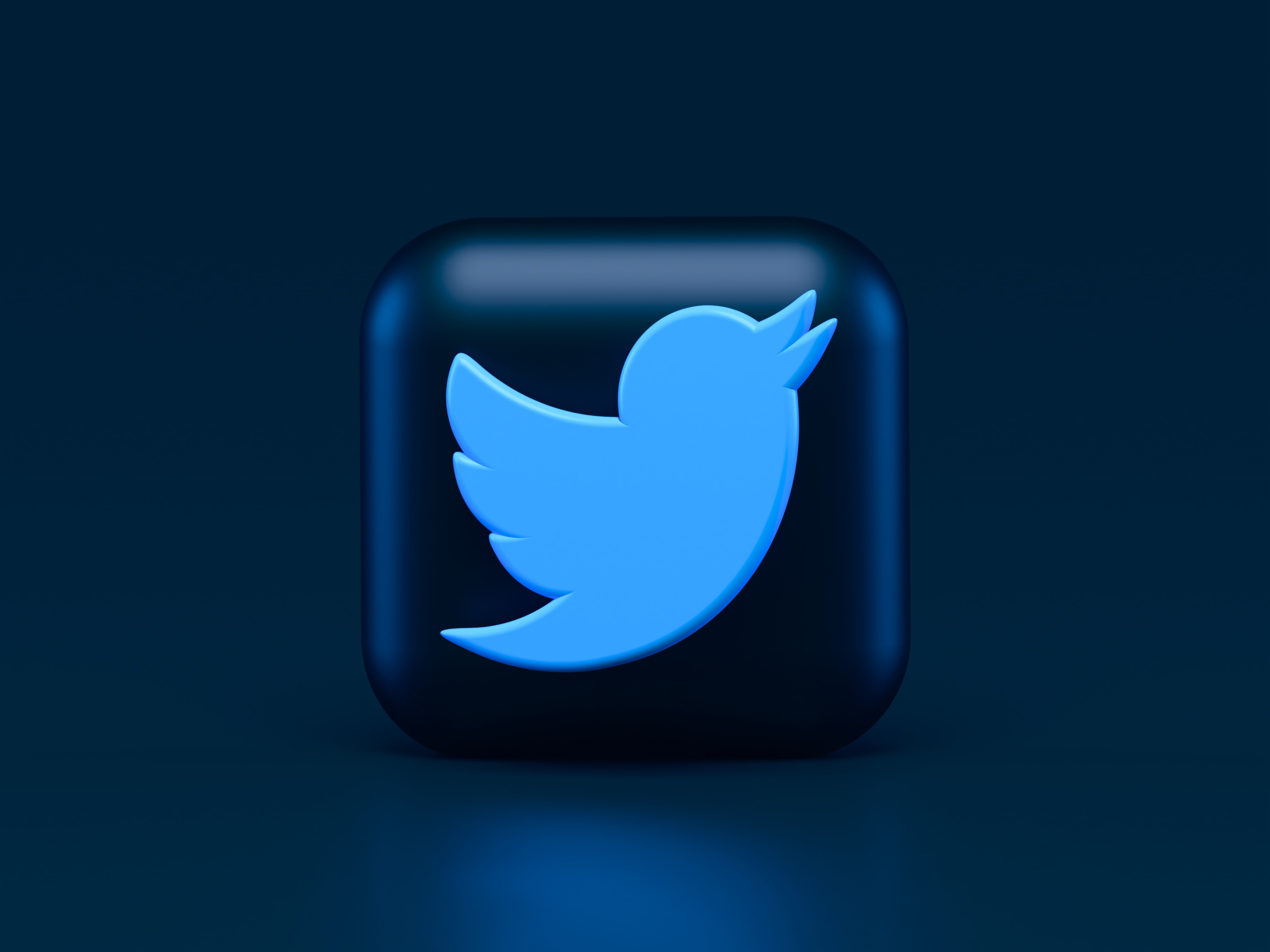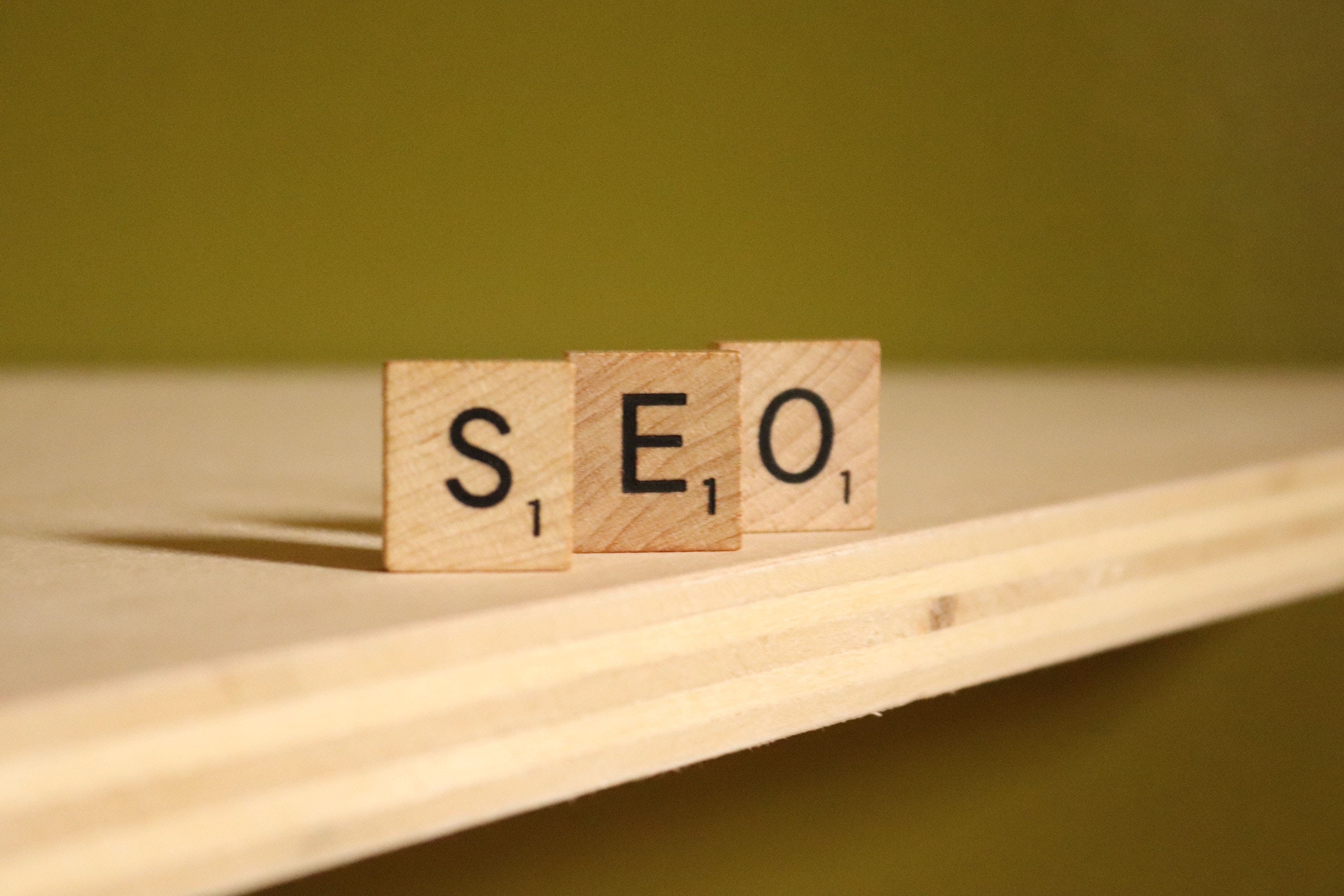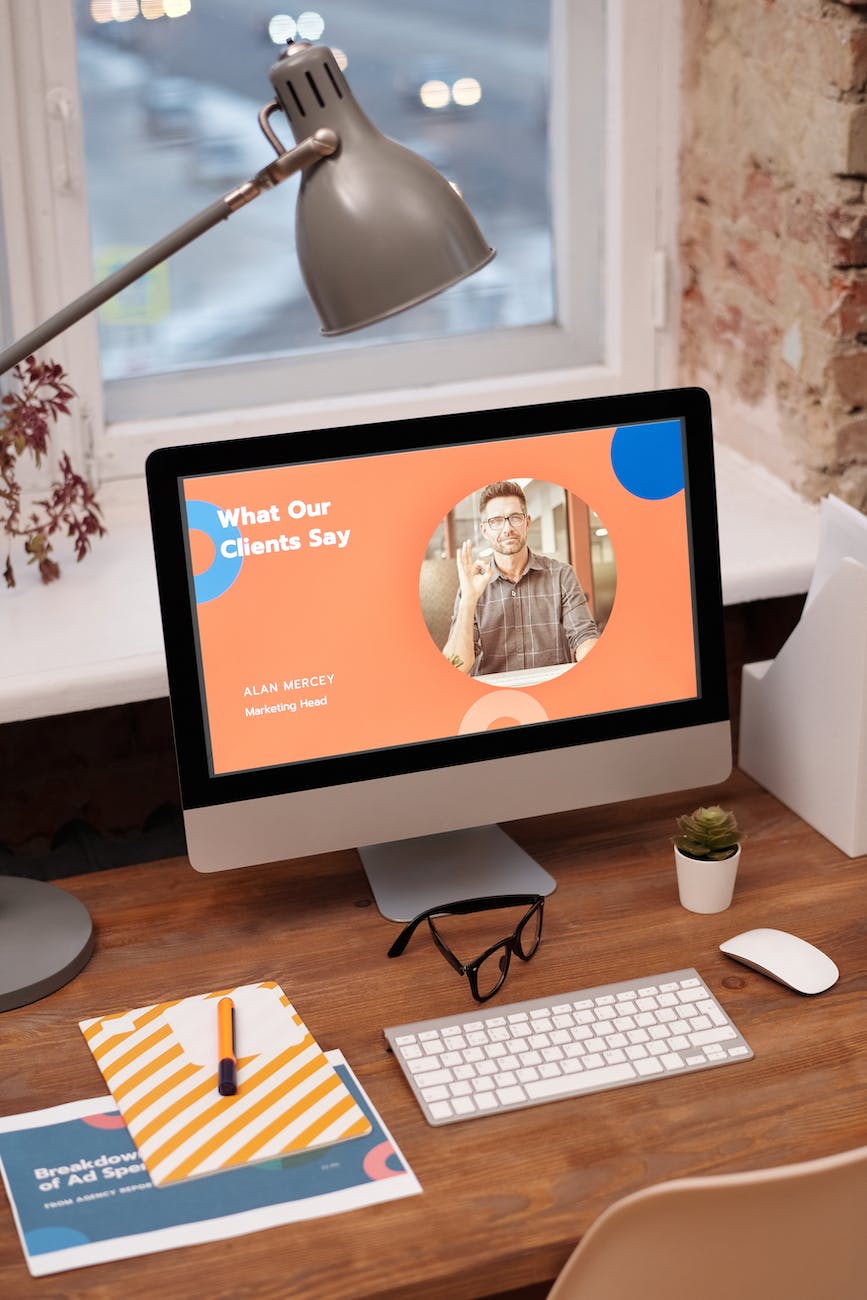Let’s face it; the internet has revolutionized the face of marketing. It not only redefined it but also gave autonomy to buyers.
Today, customers have many options to make purchases, and to get a good ROI; you’d have to be on every platform your customers are and keep chasing after them. Then, the logical question is, is it possible to be on all these platforms?
Yes! It is where multichannel marketing comes in.
According to a report by Harvard, multichannel customers spend 2-5 more than a single channel customer.
In this article, we’d discuss multichannel and its importance in helping you increase your buying power and stay ahead of your competitors. But here’s the catch you must read to the end.

What is multichannel marketing?
It is simply interacting with your customers via different channels. It could be direct or indirect. The goal is to enable customers to make purchases using any platform they choose.
This brings to mind the popular saying, “The customer is king,”. You know, in serving the king, everything must be in the king’s best interest.
So, how well do you serve your customers? Do you know what platform your customers spend the most of their time on?
I’ve heard marketers say they prefer to focus on one channel and suck all the juice it offers. I’m afraid that’s not right. The multichannel marketing campaign gives you a holistic view of your customers than any other campaign could provide.
Elements of a Multichannel Marketing
Marketing channels are primarily categorized into two they include; Traditional and Digital channels.
The traditional channel includes; Radio ads, Tv commercials, direct mailing, and newspaper ads.
The digital channel includes; Social media, emails, search engines, web push notifications, SMS, PPC ads, and messenger.
Multichannel marketing involves using both traditional and digital channels. But because of the wide adoption of the digital channel, we’ll focus on them in this article.
Social media;
It involves using platforms like Facebook, Twitter, TikTok, and Pinterest to advertise your product and services to your target audience. Social media gives you two alternatives to promote your brand. You could do it organically by sharing relevant posts and videos or with paid ads. If you’re using paid ads, you must pay to bring your product or services to your target audience.

Emails
You can build loyalty and a lasting relationship with your subscribers with emails. With the many Email service providers available, you can send bulk sms, set up email workflows, and send automated and personalized emails.
Search engine
You’d have to create high-quality blog posts and videos that give a well-detailed description of your products or services and upload them on search engines such as Google, Bing, and Youtube. This approach is good because it would help you build authority in your niche, consequently leading to brand loyalty.

SMS
It involves sending promotional; messages through mobile phones. Does the method work? Yes
There was a new app that my network provider developed. I have seen the ads several times on my social media pages, but anytime I come across them, I don’t watch them, and immediately I see the skip now button, I happily click.
But one faithful day, while I was relaxing, my phone beeped. I checked my notification; it was an SMS from my service provider reminding me of the app. After reading the message, I downloaded and began to use it
So, SMS is a viable channel to communicate with your audience.
Web push notification
Web push notification is another way to disseminate information. Push notifications are small messages on the screen corner when you surf the internet
How to create an effective multichannel strategy
- Firstly you must know and identify the target audience you wish to target with your campaign.
- Select the appropriate channels that your target audience spends time on
- Craft a uniform message across all your channels. You must have a consistent message. It helps your customers quickly identify you.
- Use analytics to track customers’ engagement with your product in real time.
- Come up with a retargeting plan: It’s important because some customers might initiate purchases but stop halfway for specific reasons. Creating a retargeting plan ensures you dont lose any sales.
Benefits of a Multichannel System
Widen your audience reach
The major challenge with marketing on a single marketing channel is losing customers when they move to another channel. The multichannel marketing system allows you to find, move and reach your leads on any media they interact with.
It fast-tracks the customer’s journey.
After the first contact with your product, customers lose interest if they don’t make an immediate purchase.
But with Multichannel marketing, you can reach your customers on their most preferred channel for shopping and send them direct, relevant links to make a purchase.
Improve your targeting
Because of the different channels used in multichannel campaigns, it’s easier to target customers from different demographics and behaviors, as your leads will be receptive to your brand through their preferred channels.
All your customers can’t use a single platform at a time. You might have some on Instagram or Facebook; others prefer SMS or mail. I love multichannel marketing because it gives you the ability to reach your target customers on the channels they use the most without missing out on anything other platforms have to offer
Collates better data
In marketing, data is king. Data collection in multichannel marketing makes is easier to collect and organize. The more channels you use, the more opportunity you get to collect data from different leads and customers.

It brings higher turnover
Multichannel marketing brings a higher turnover than any marketing strategy. Email marketing has a 4400 % ROI. If you combine it with other multichannel marketing elements: do the maths you’d how much you’d be raking in at the end of the campaign.
Final Thought
Multichannel marketing undoubtedly is the best; however, it is a bit technical to set up and more expensive than single channel marketing. However, if you can pass the setup stage, you’re sure of a seamless campaign and higher conversions.

